#好 is made of おんなへん(女) and 子 (a child), i.e., a girl or a young woman, from which the meaning…
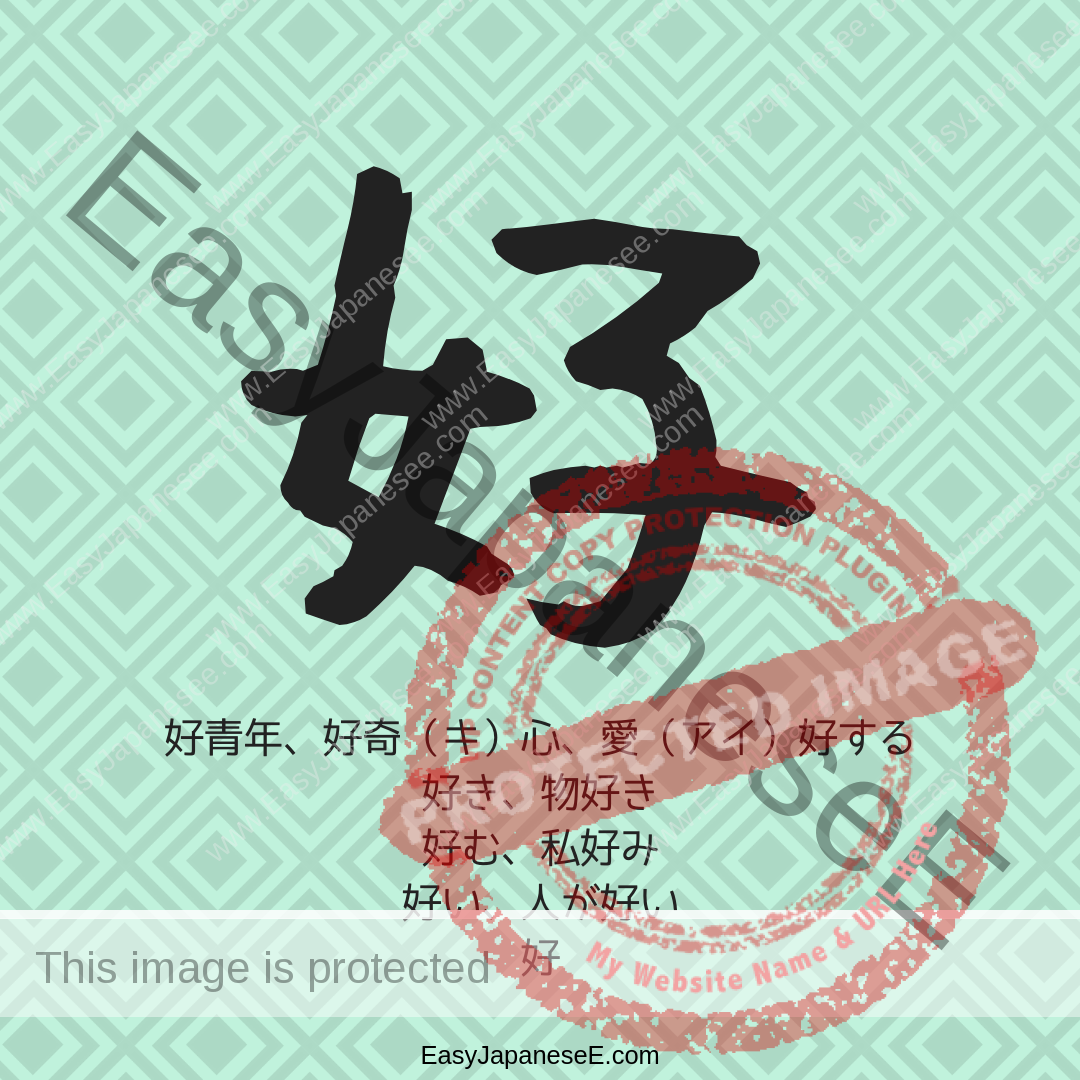

#好 is made of おんなへん(女) and 子 (a child), i.e., a girl or a young woman, from which the meaning…
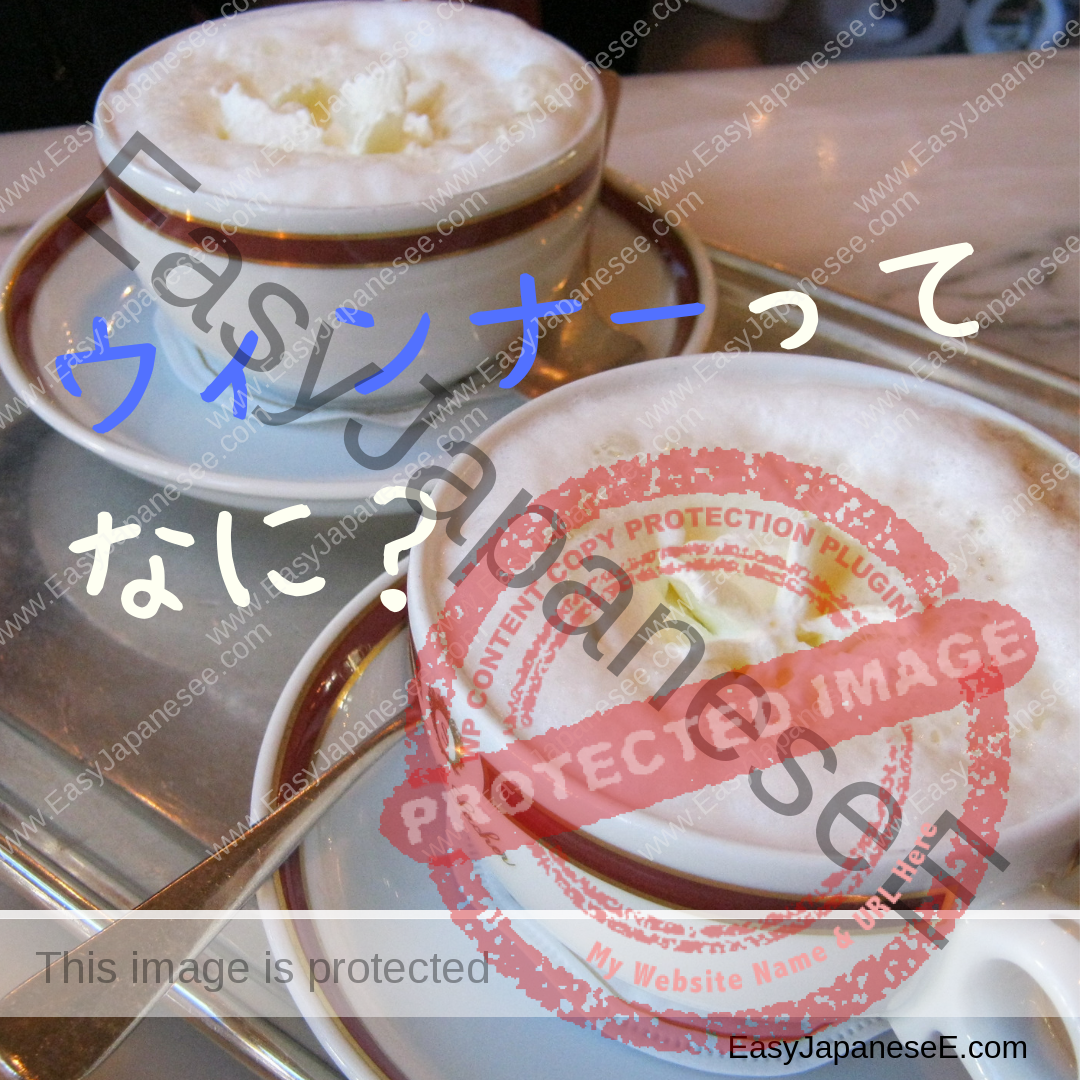
Do you know what ウィンナー is? Is it a “winner”? No, you can buy ウィンナー in a butcher. Yes,…
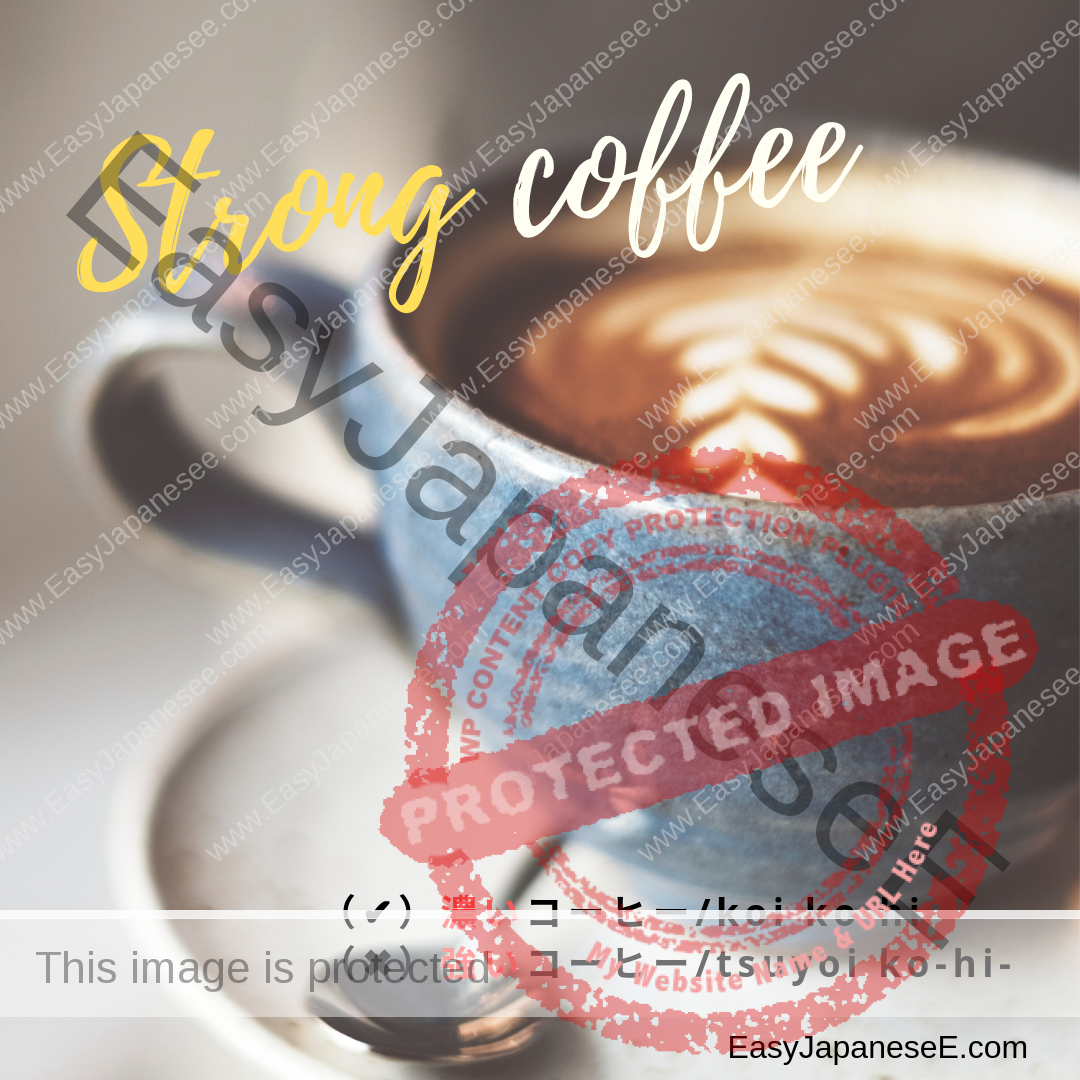
When a flavour is dense, the word “strong” is often used in English, but in Japanese we use 濃い(こい/koi), which…
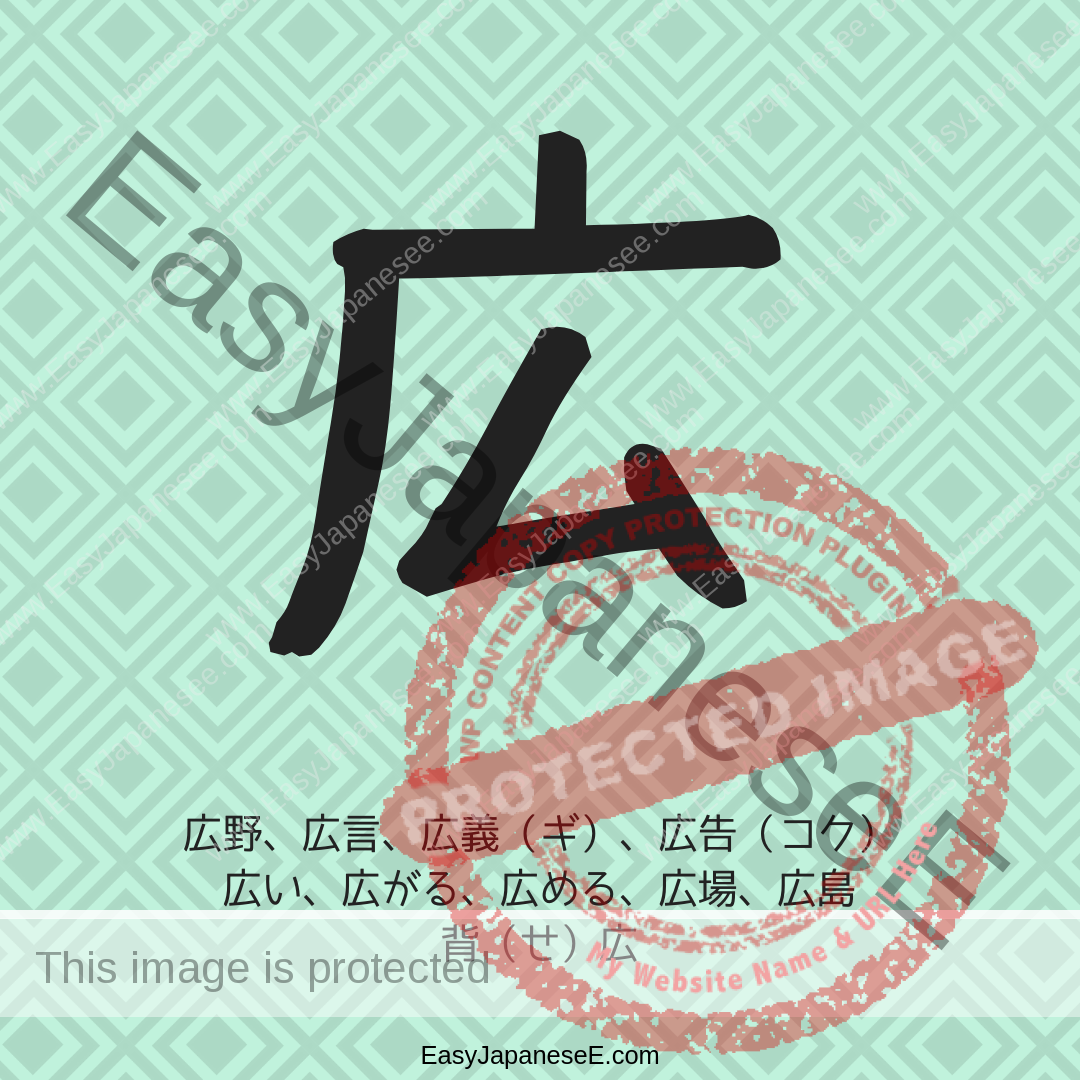
#広 is made of #まだれ(广) and ム. 広 used to be an informal variant of 廣. 黃, which is the…
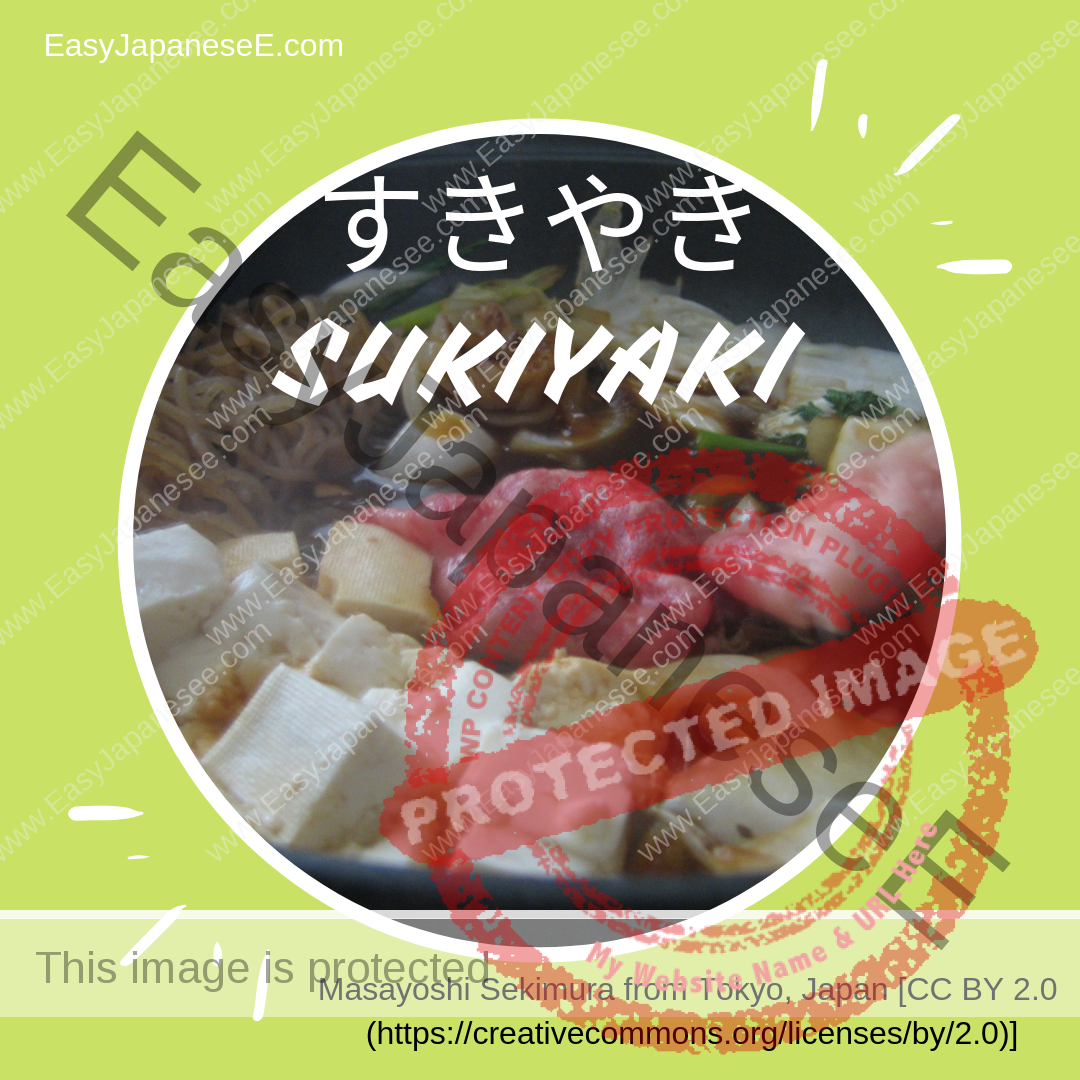
Sukiyaki is a dish that is prepared and served in the hot pot style. It consists of meat (usually…
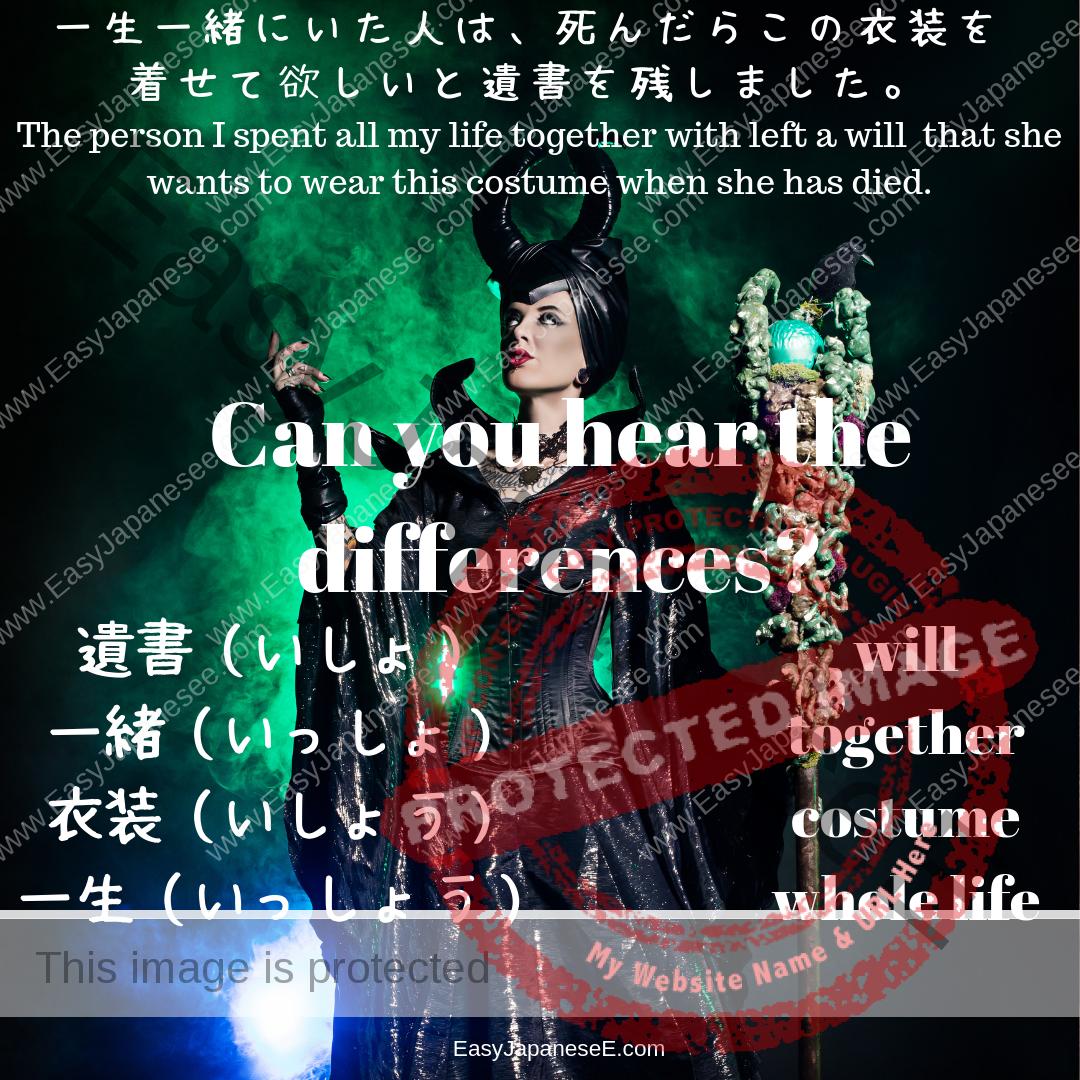
Today’s sound comparison is among いしょ, いしょう, いっしょ and いっしょう. Listen and repeat the sound over and over until you can hear them apart!
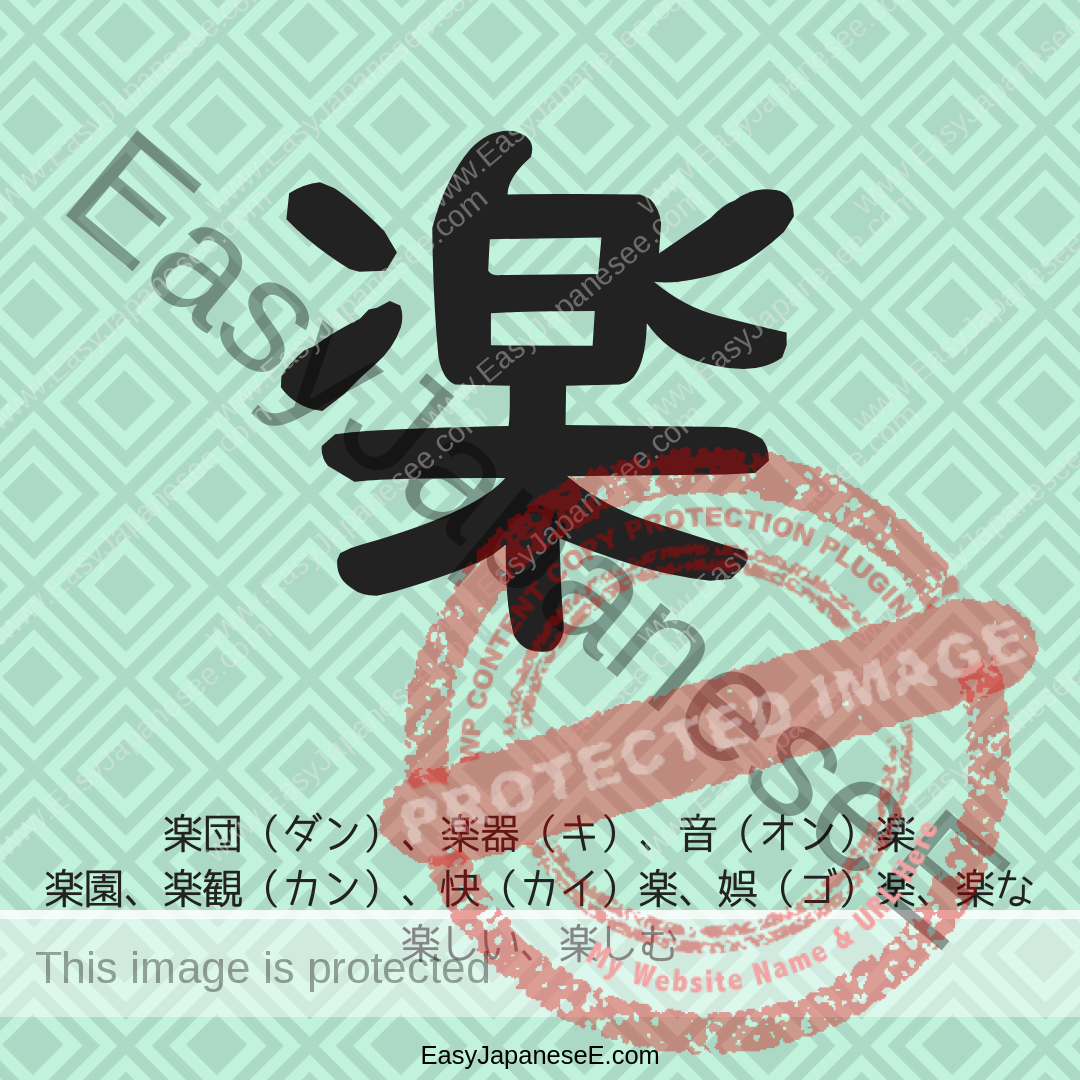
#楽 is listed under the radical of #木 but it is a pictograph depicting various musical instruments placed on the…
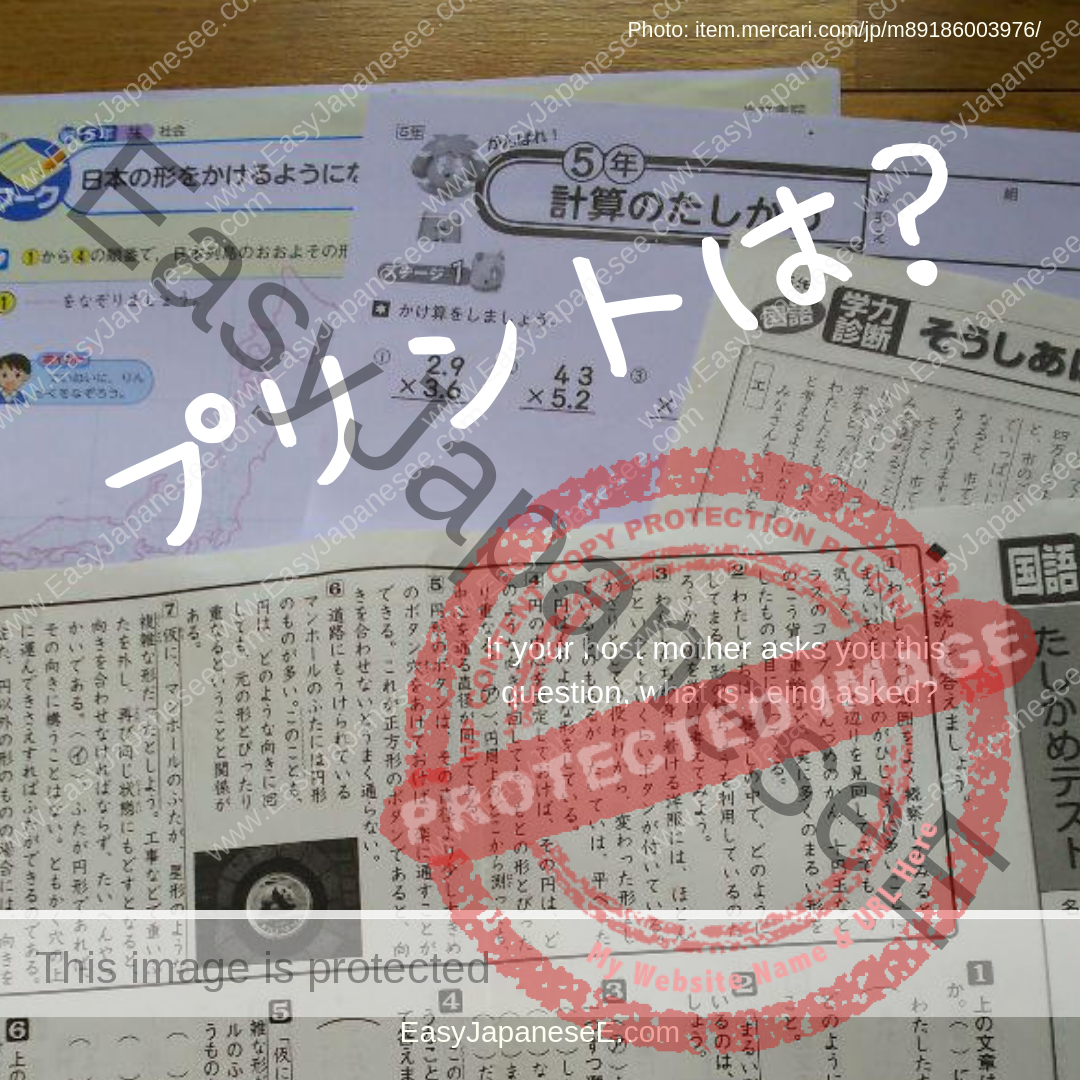
When I was teaching English in Japan, I always used プリント in my class. Making プリント was an important part…
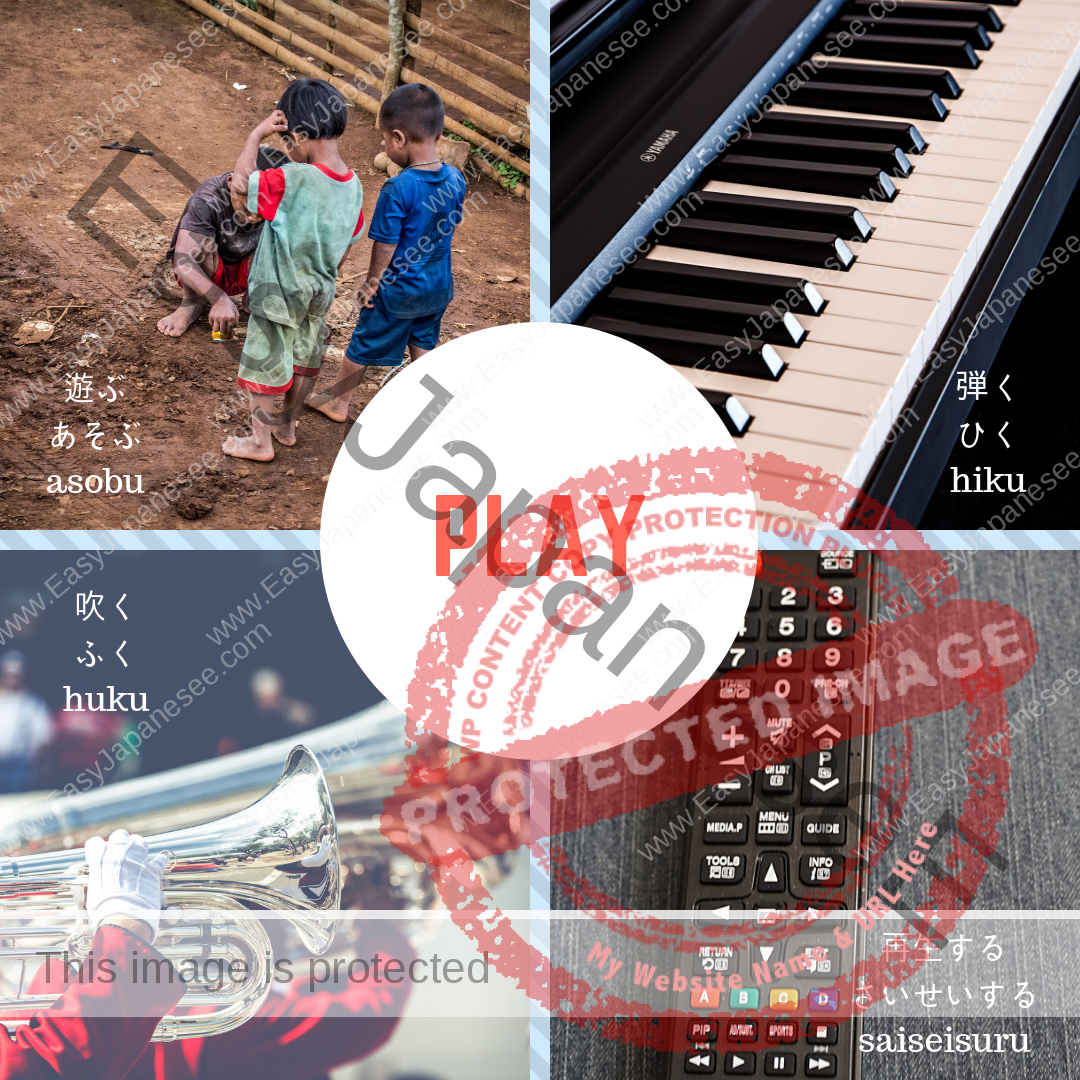
Play is a difficult word to translate into Japanese because there are many different meanings. Following are some examples. 遊(あそ)ぶ…
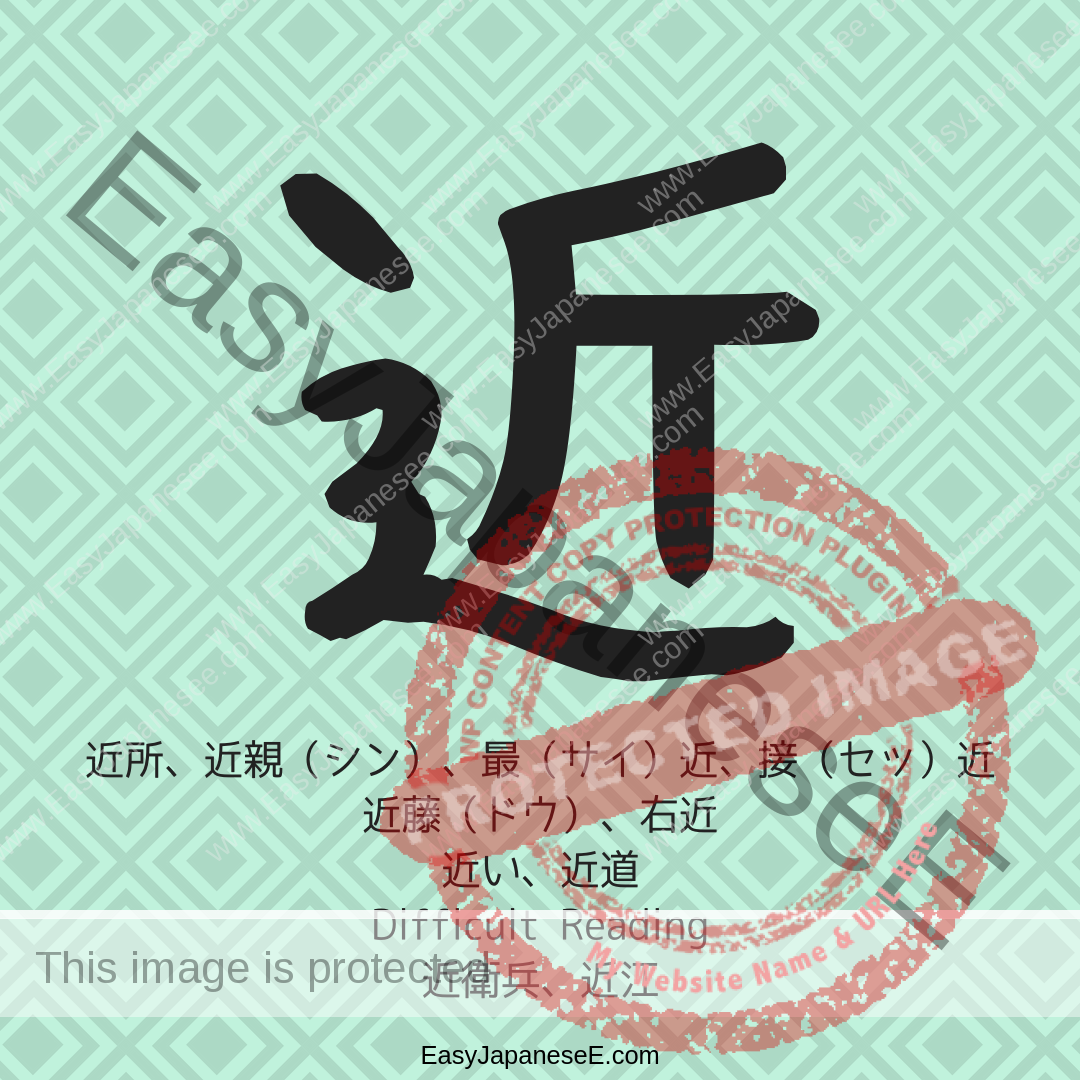
#近 is made of #しんにょう/#しんにゅう with 斤. 斤’s original meaning is “an axe” but it also means “a small amount,”…
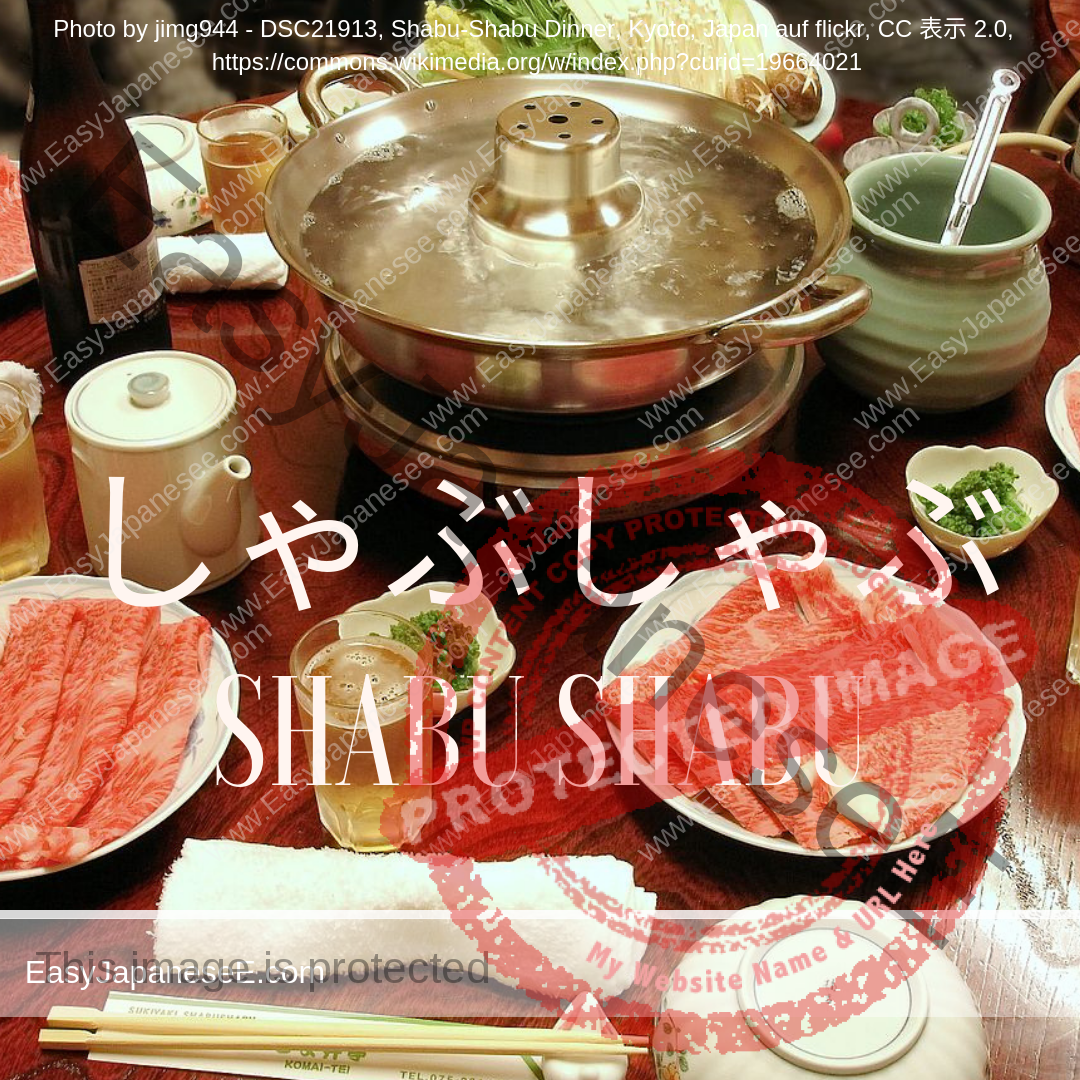
Shabu-shabu (しゃぶしゃぶ) is a hotpot dish of thinly sliced meat and vegetables. The food is cooked piece by piece by…
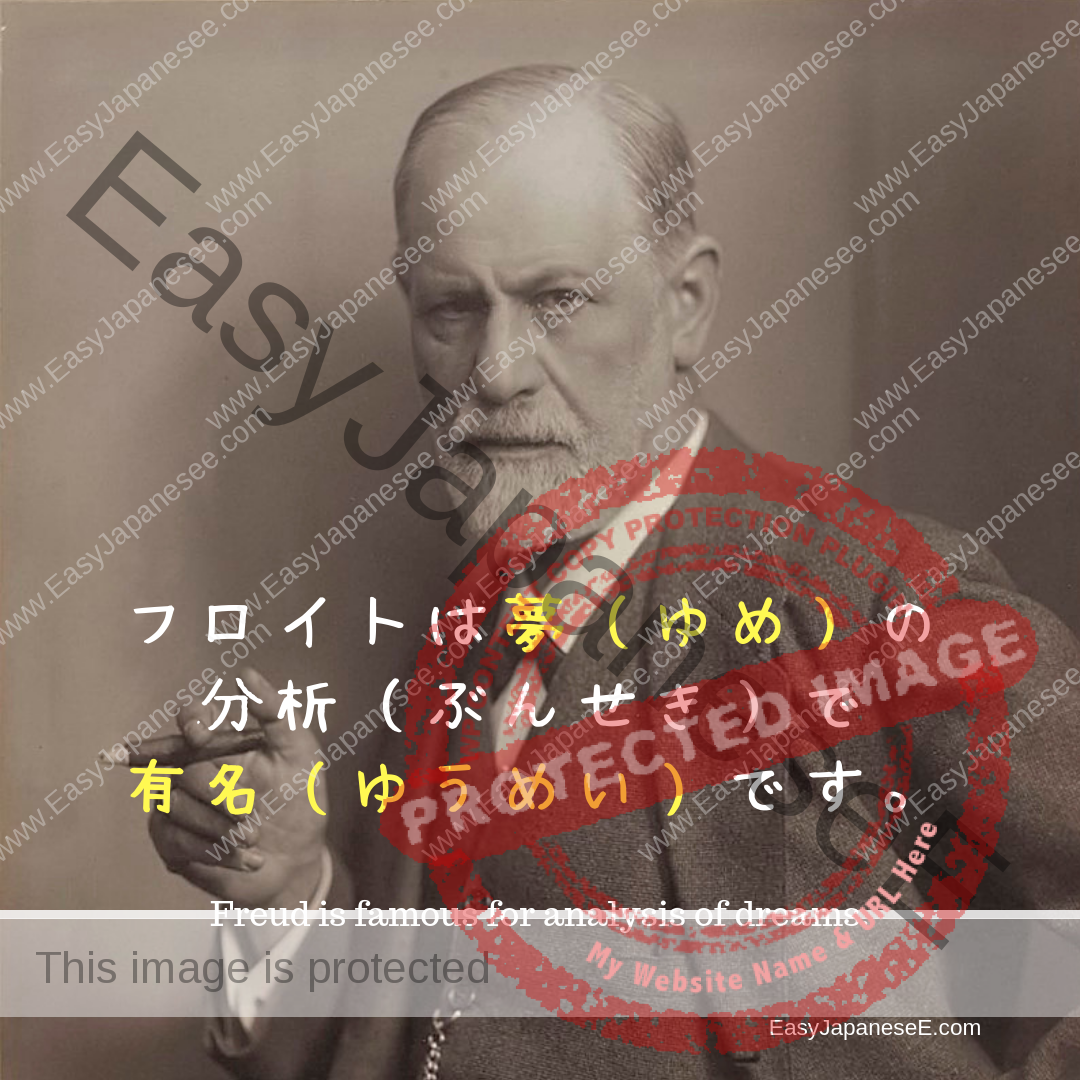
Today’s sound comparison is between ゆめ and ゆうめい. Listen and repeat the sound over and over again so that you can hear them apart easily.
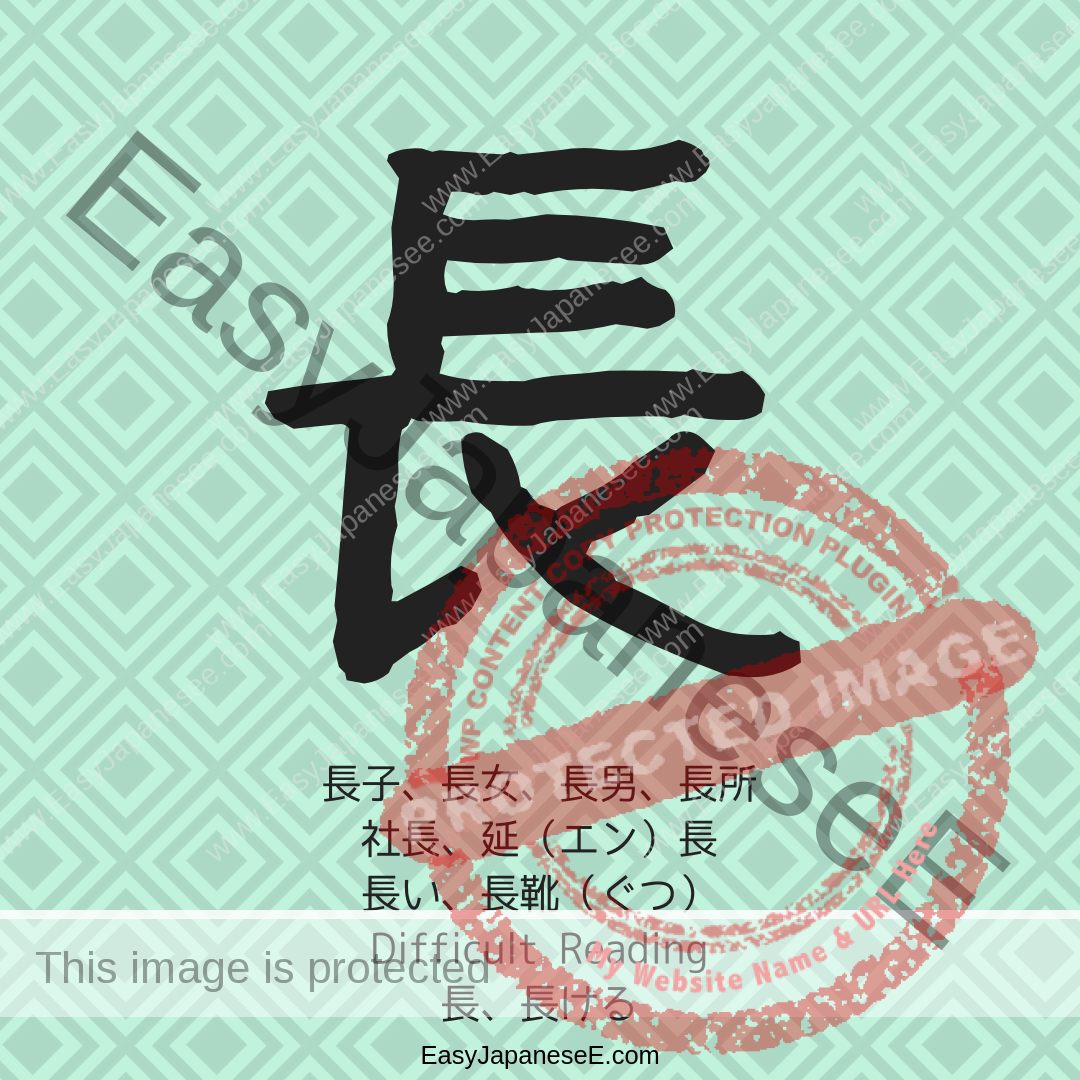
#長 is a character and it makes its own radical although characters with that radical are not part of the…
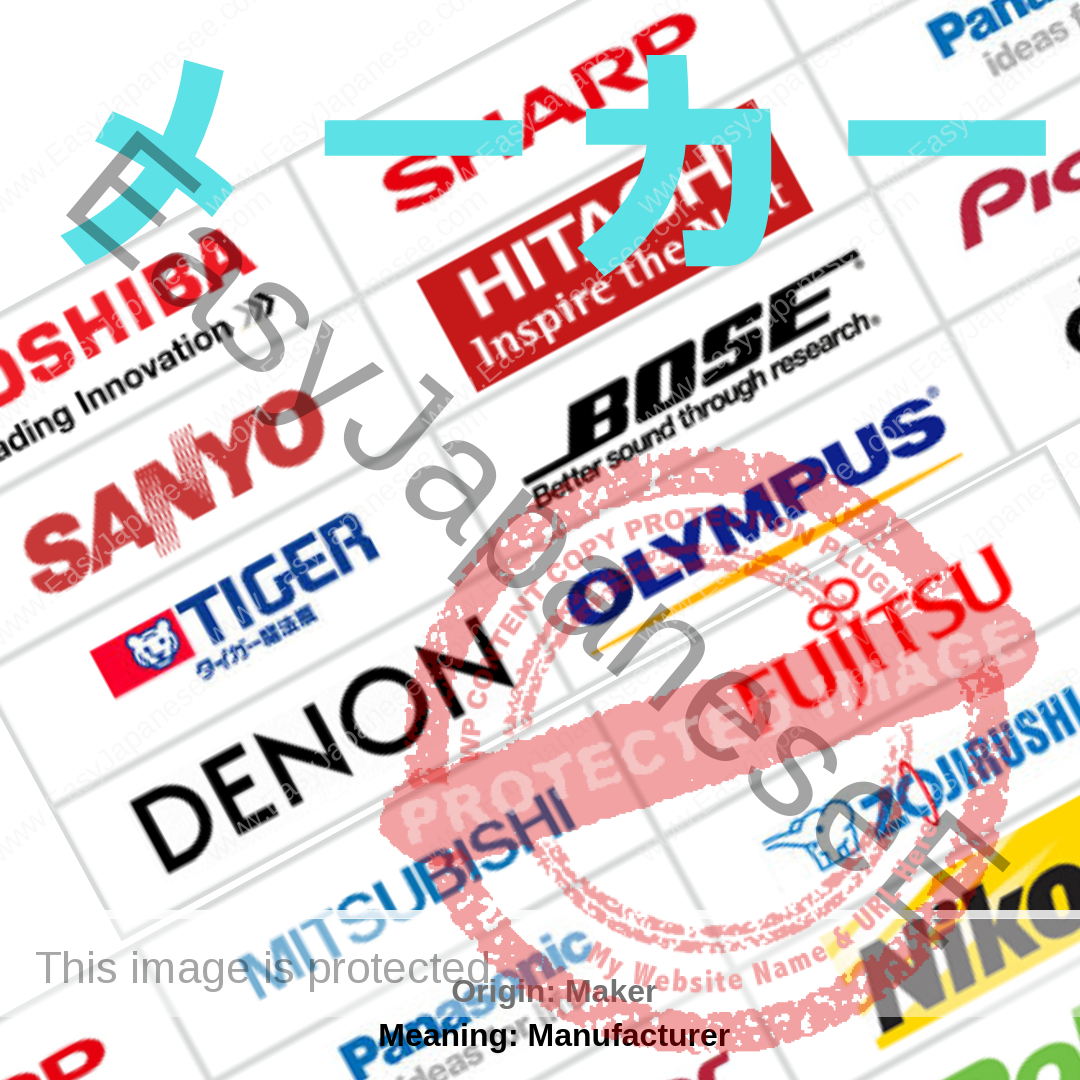
メーカー is the transliteration of the English word “maker” but the meaning is slightly different. メーカー in Japanese usually…
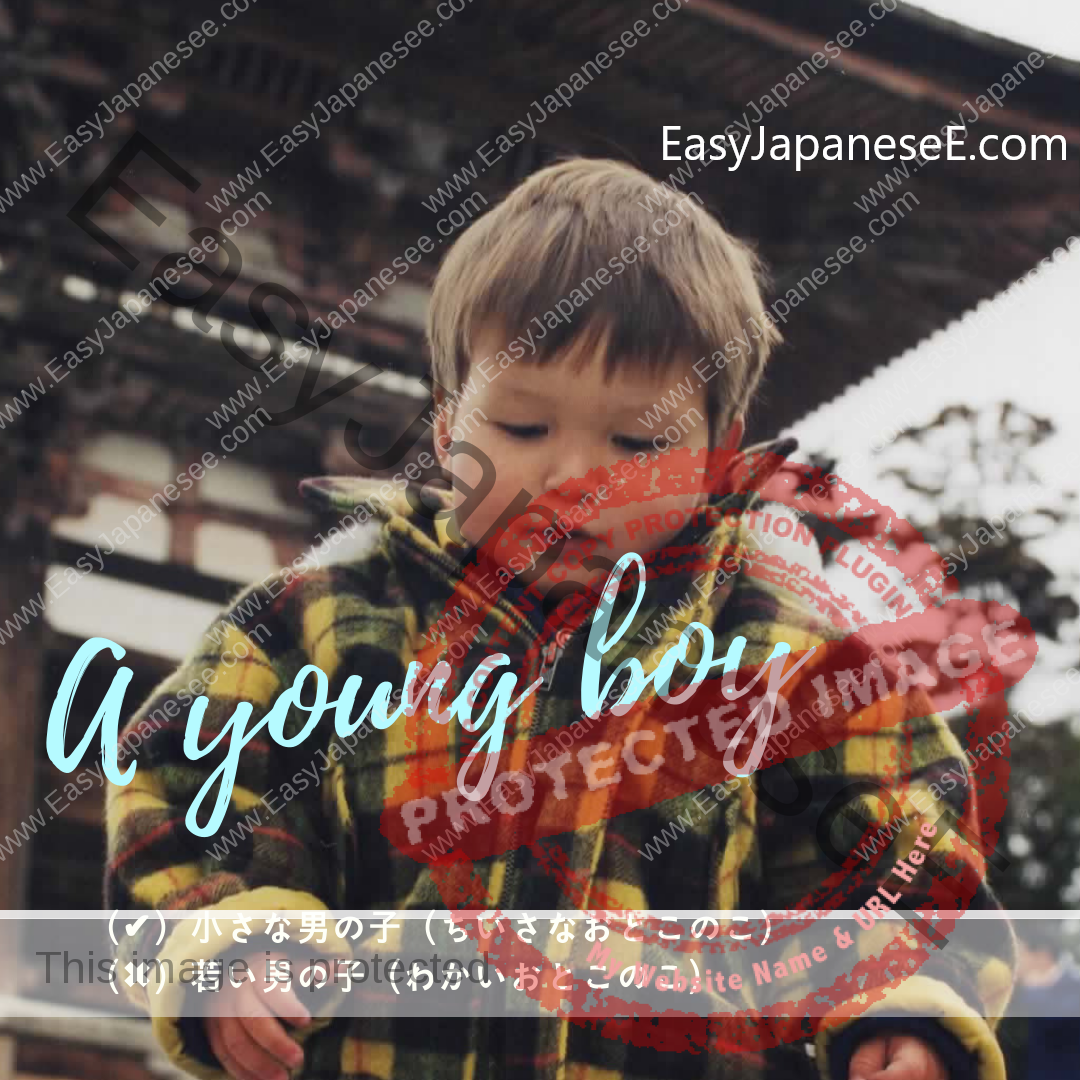
Often the English word “young” is translated as 若い (わかい/wakai). However, the Japanese word 若い is closer to “youthful” than…
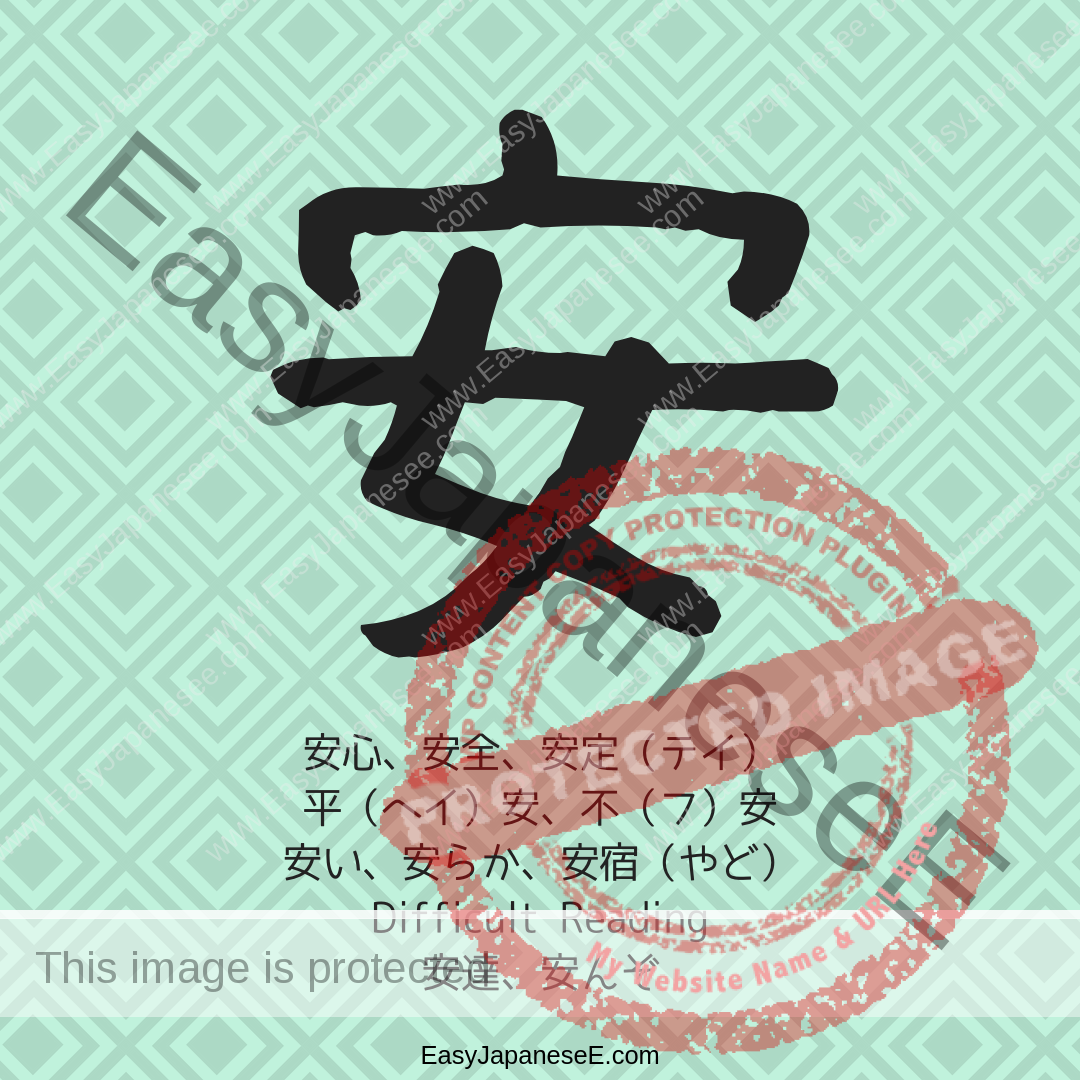
#安 is made of #うかんむり and 女 (female). うかんむり is associated with a house – “having a woman in the…
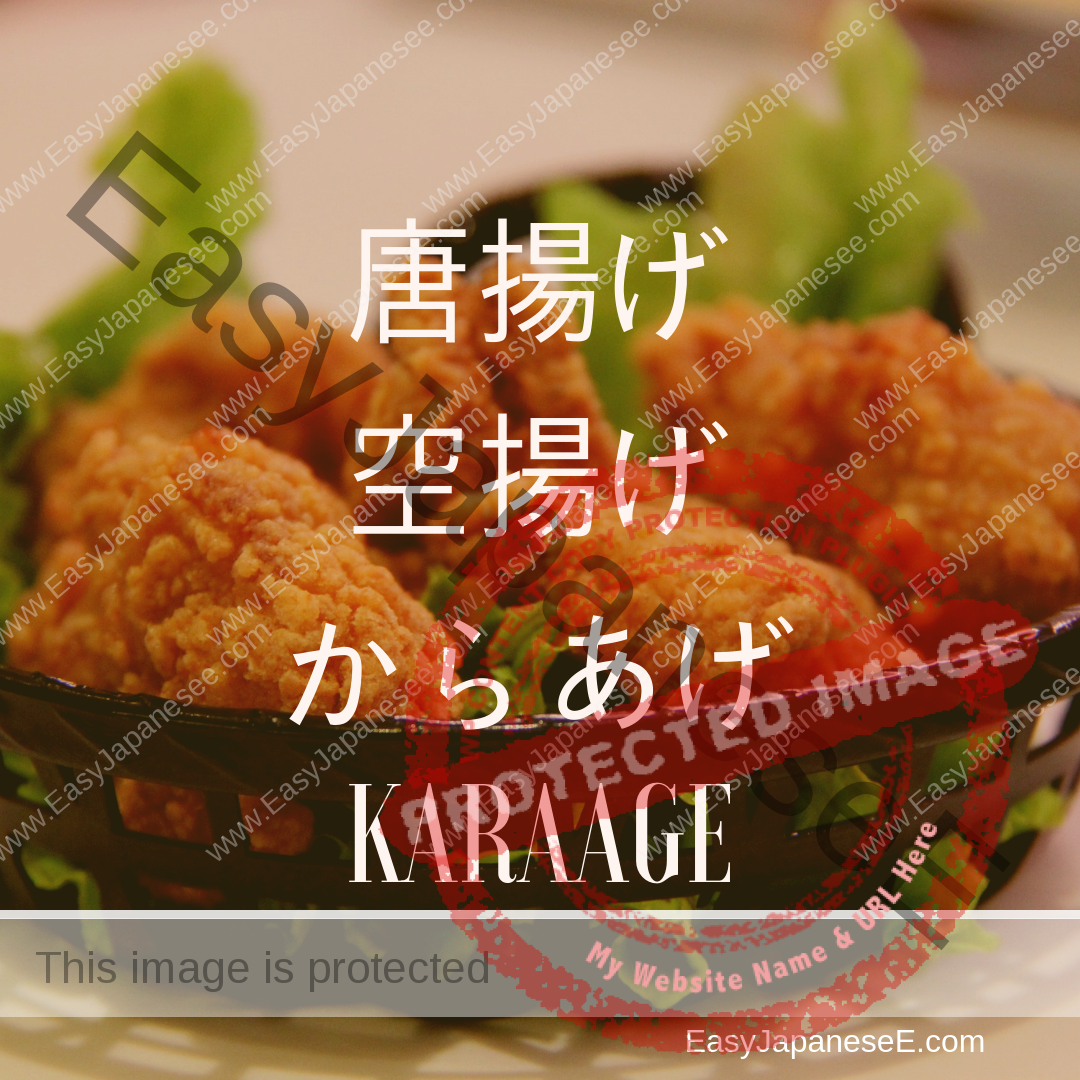
I have talked about カツ(katsu)/フライ(furai) and てんぷら(tempura) already and からあげ(karaage) is the third type of fried food in Japan I’m…
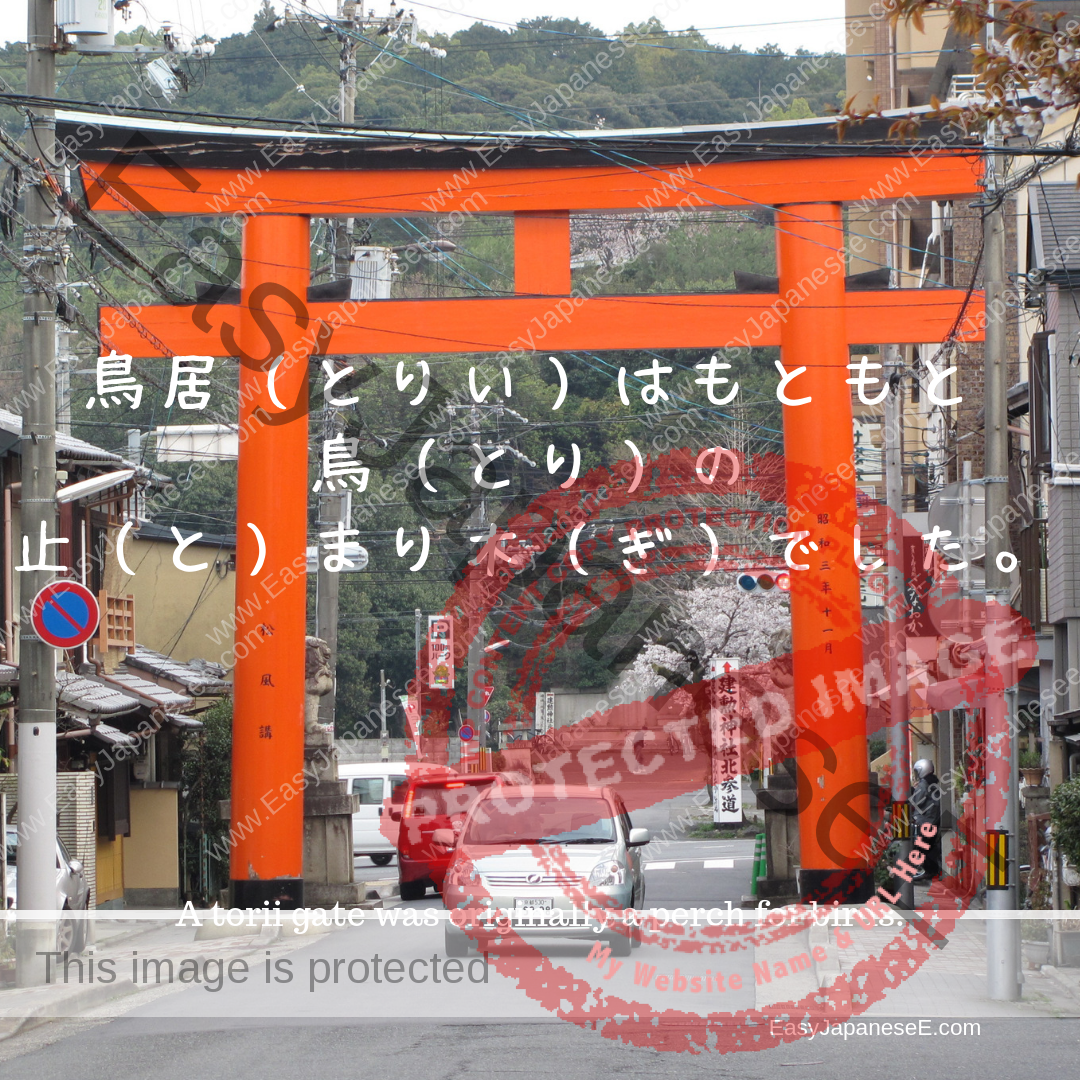
Today’s sound comparison is between とり and とりい. Listen and repeat the sound over and over again until you can hear them apart easily.
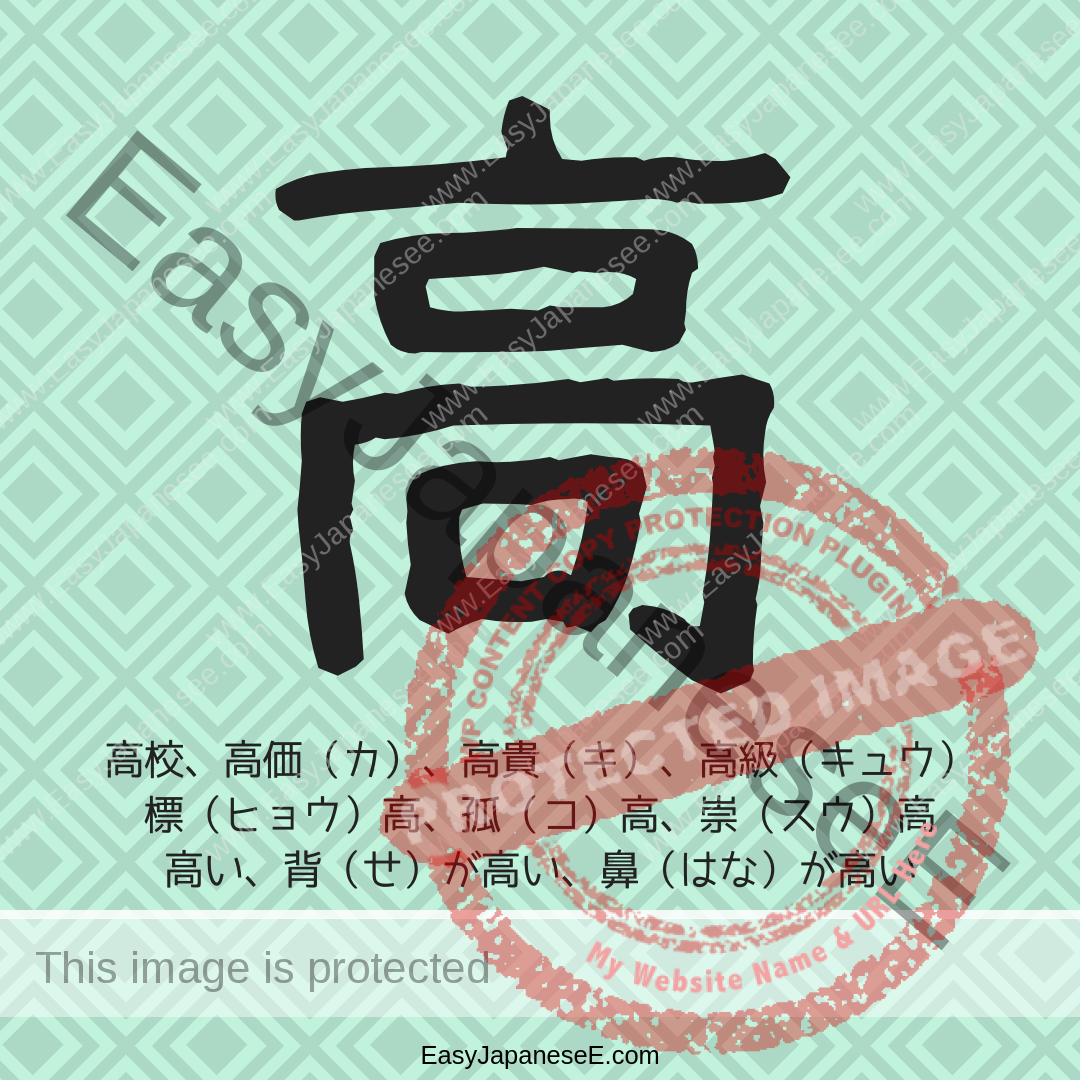
Although #高 looks as if it is made of many different parts, it makes its own radical and it is…
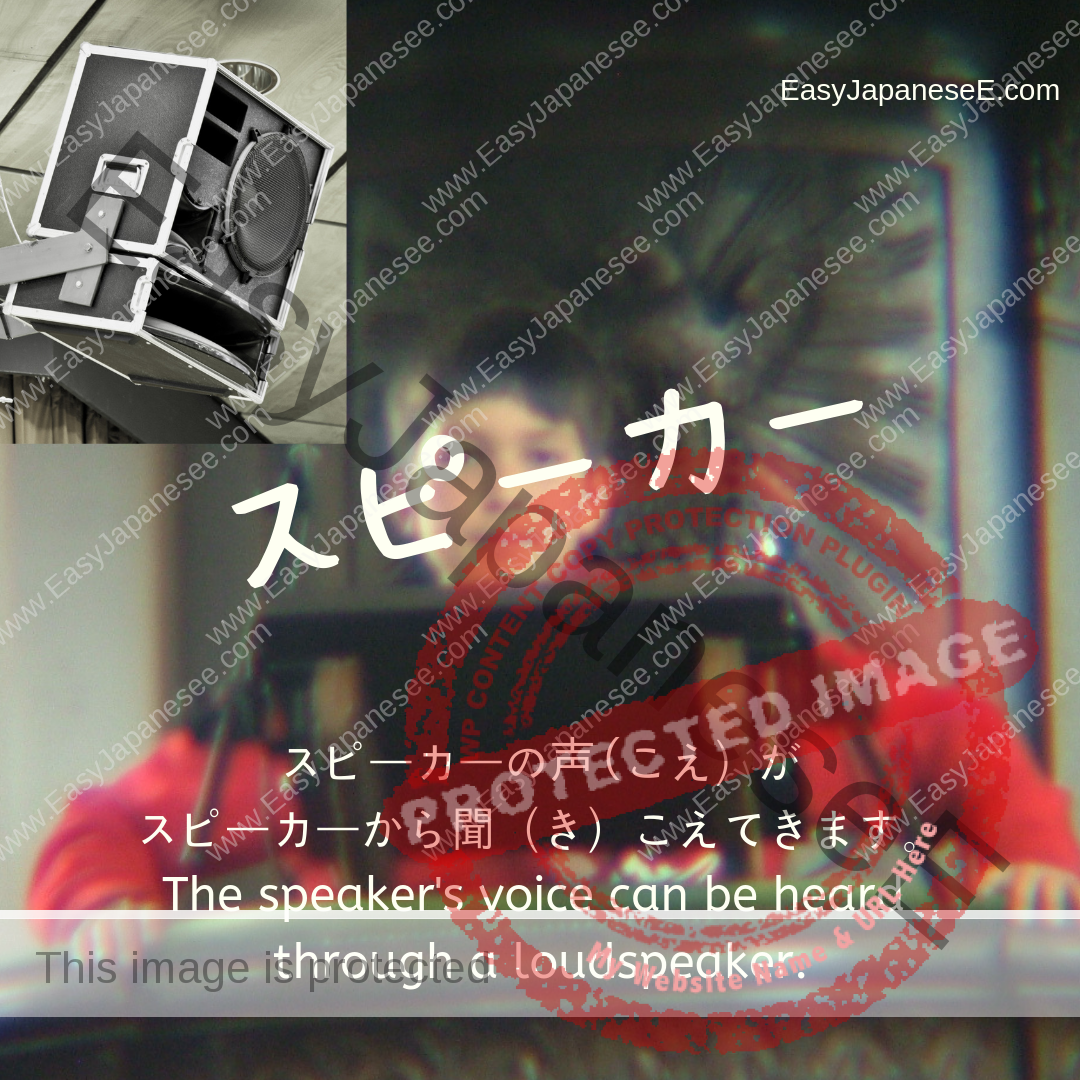
スピーカー is a Katakana transliteration of the English word “speaker.” スピーカー in Japanese can sometimes mean a person who is…
